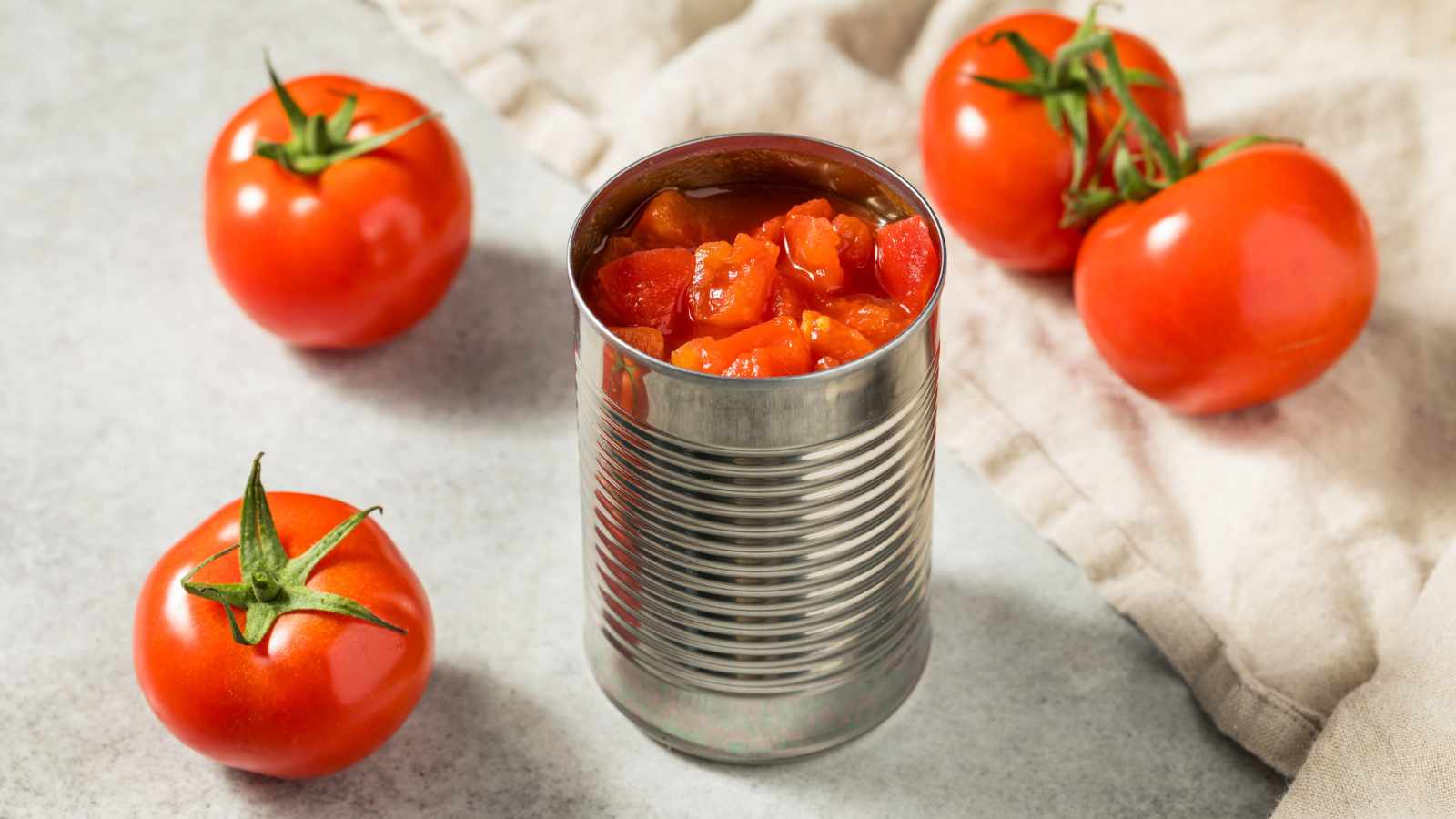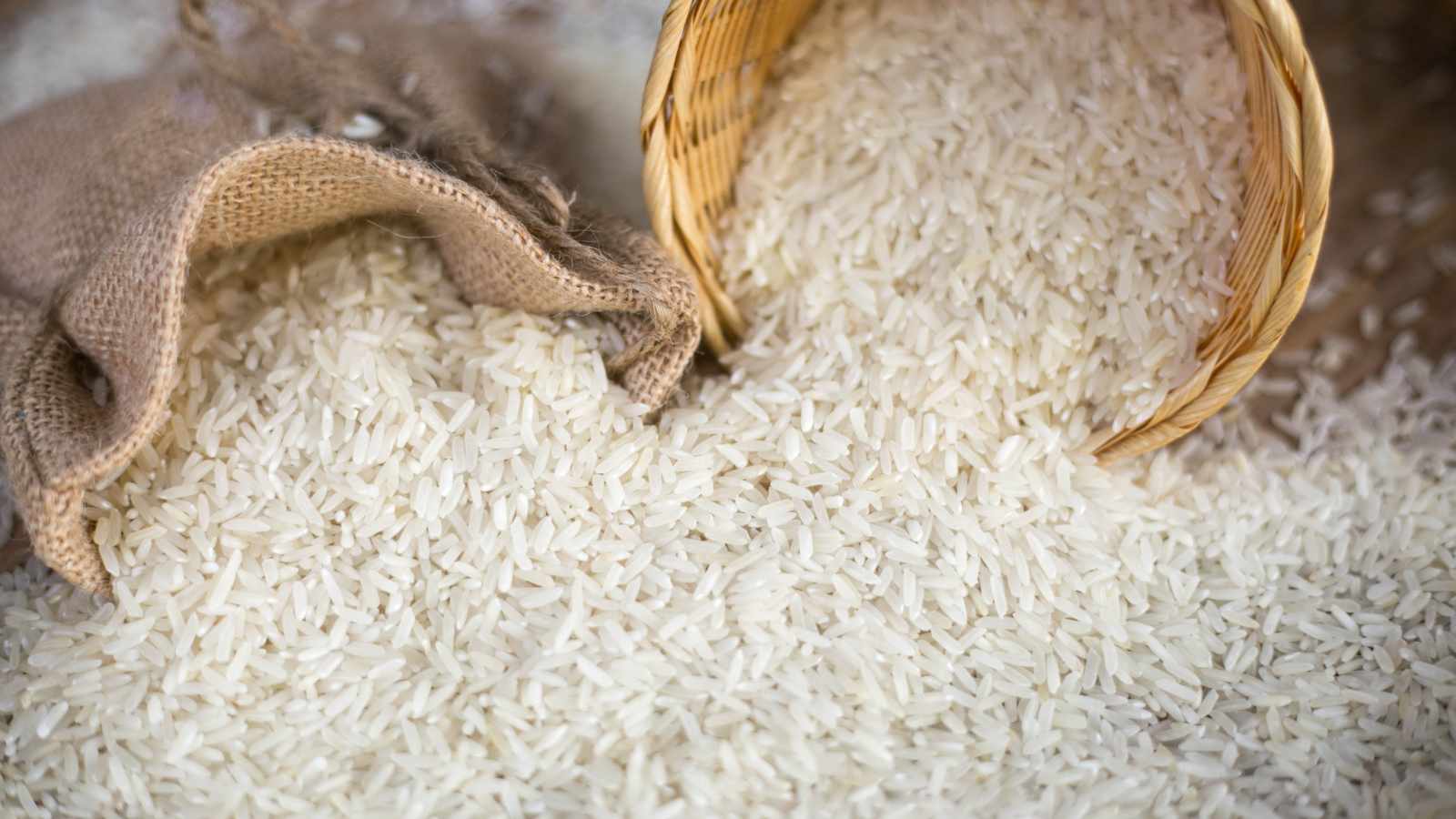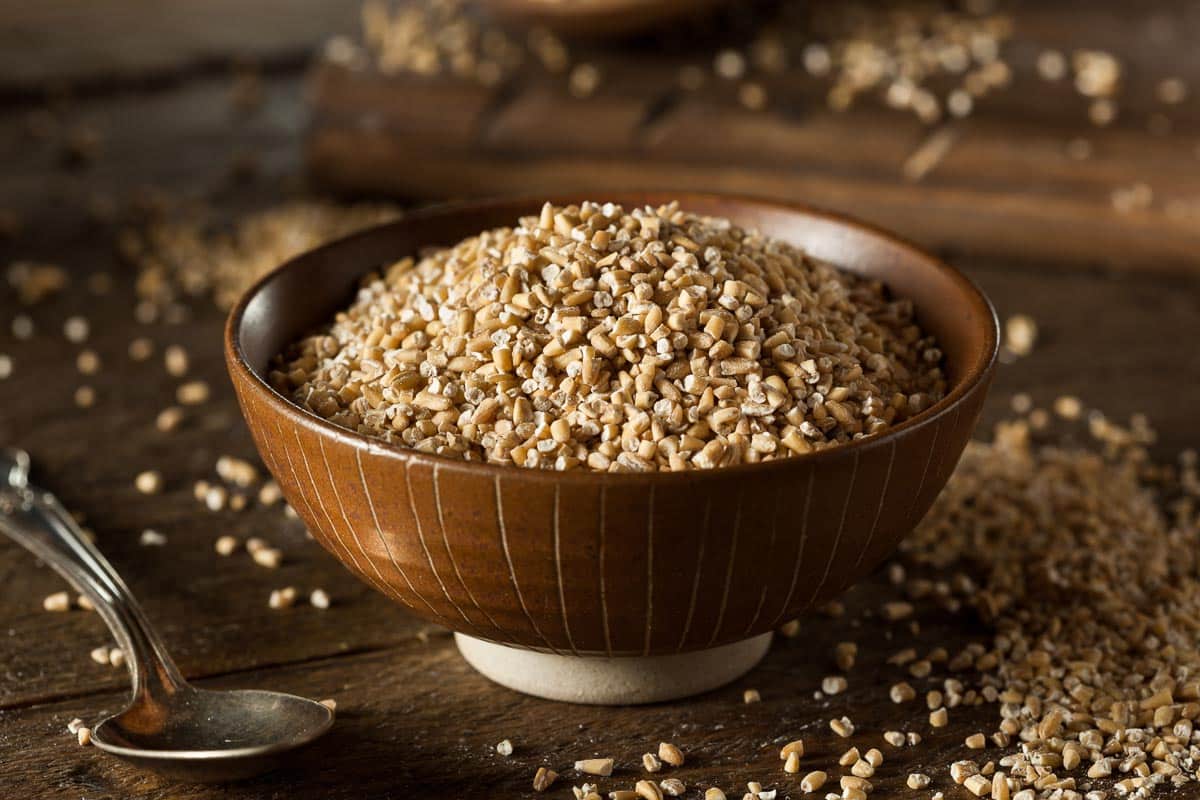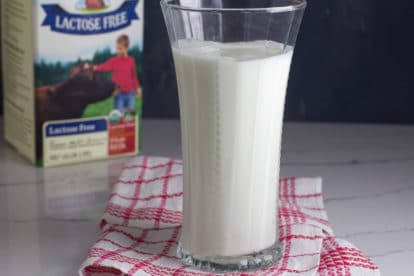Ever have one of those days when you stare into the abyss of your fridge, hoping a fully cooked meal will magically appear? Yeah, me too. But here’s the thing — the secret to a quick, delicious dinner isn’t hiding in your fridge at all. It’s sitting quietly in your pantry, waiting to save the day.
According to the U.S. Department of Agriculture (USDA), the average American household keeps enough nonperishable food on hand to last about three days. However, emergency preparedness experts recommend maintaining at least a two-week supply. That extra stash isn’t just smart for emergencies — it’s also the foundation of fast, stress-free cooking.
A well-stocked pantry is my secret weapon. It saves me from another night of overpriced, questionable takeout and lets me pull together real meals in minutes. With just a few essential ingredients on hand, you can turn your pantry into a powerhouse of flavor and creativity. Here are 13 staples that make it happen.
Canned beans

Canned beans are the unsung heroes of the pantry. They are packed with protein, fiber, and essential minerals like iron. Seriously, what can’t they do? I toss them into soups, chilis, salads, or even mash them up for a quick veggie burger. They are the ultimate multitaskers. Research shows that eating beans regularly helps lower cholesterol and reduces heart disease risk, thanks to their soluble fiber.
The USDA says a single cup of cooked black beans has about 15 grams of protein and 15 grams of fiber. That’s more than half the daily fiber you need right there. Plus, they can sit on your shelf for up to five years, so you don’t have to worry about them going bad. For a cheap and healthy option, canned beans are a must.
Canned tomatoes

Canned tomatoes, whether diced, crushed, or whole, are the foundation of so many great recipes. Think about it: pasta sauces, hearty stews, and warming soups all start here. They bring instant flavor and a nice dose of vitamin C, which is excellent for your immune system. They also contain lycopene, an antioxidant linked to a lower risk of cancer and heart disease.
Interestingly, studies suggest your body absorbs lycopene better from cooked or canned tomatoes than from raw ones. They last for a year or two in the pantry, so you always have a base for a delicious meal. Just look for low-sodium options if you can.
Rice

Rice is the ultimate budget-friendly food. It’s the perfect canvas for almost any meal. You can pair it with beans, stir-fries, curries, or whatever you’ve got. White rice lasts for years, while brown rice offers extra fiber and nutrients like magnesium, though it doesn’t last quite as long.
According to Think Rice, the average American eats about 27 pounds of rice each year. That’s a lot of rice. Stored in an airtight container, white rice can last up to five years. It provides quick energy and is a dependable base for countless dishes.
Pasta

Who doesn’t love pasta? Dried pasta is a pantry favorite because it lasts for years and can be turned into a comforting meal in minutes. Pasta—be it spaghetti, macaroni, or penne—helps stretch other ingredients further, making it great for feeding a family without much fuss.
The National Pasta Association reports that Americans eat about 20 pounds of pasta per person annually. That’s no surprise, given how easy it is to pair with canned tomatoes, olive oil, or beans. For a healthier option, I sometimes grab whole-wheat pasta for an extra fiber boost. It’s a reliable staple I always have on hand.
Salt and spices

Can you imagine food without salt or spices? Me neither. It would be a sad, bland world. Salt, black pepper, garlic powder, and chili flakes are the basic building blocks of flavor. They can transform the most boring ingredients into something special. Spices can also help preserve food, which is a neat trick.
The American Heart Association mentions that most Americans get a lot of sodium from packaged foods, so it’s smart to control how much salt you add yourself. Having a small collection of essential spices, like basil and oregano, ensures your meals are always interesting. You don’t need a massive spice rack, just a few key players.
Peanut butter (Or other nut butters)

Peanut butter is more than just a sandwich spread. It’s a long-lasting source of healthy fats, plant-based protein, and nutrients like vitamin E and magnesium. It has a long shelf life because it has very little moisture. Honestly, what’s not to love?
The National Peanut Board says Americans eat about 7.9 pounds of peanut products per person each year. Just two tablespoons of peanut butter contain nearly 8 grams of protein. Nut butters are also filling, which helps stop you from reaching for unhealthy snacks. I swirl mine into oatmeal, blend it into smoothies, or just eat it with a spoon. No judgment here.
Oats

Oats are a breakfast powerhouse, but they are also great for snacks and baking. They are rich in a type of soluble fiber called beta-glucan, which is known to lower cholesterol and support digestive health.
A half-cup serving of oats gives you 4 grams of fiber, plus iron and B vitamins. If you keep them in an airtight container, they can last for over a year. Oats provide steady energy, so they keep you full and focused all morning. They’re a simple, cheap, and healthy staple.
Cooking oils

Cooking oils are essential for flavor and cooking, but they also provide healthy fats your body needs to absorb nutrients. I always have a bottle of olive oil on hand. It’s high in monounsaturated fats and has been linked to a lower risk of heart attack and stroke.
The American Heart Association notes that swapping saturated fats for unsaturated vegetable oils can cut cardiovascular risk by 30%. To keep your oils fresh, store them in a cool, dark place. I usually buy smaller bottles so I can use them up before they go bad.
Canned tuna or salmon

Canned fish like tuna and salmon are lifesavers for quick, protein-packed meals. They are also a great source of omega-3 fatty acids, which are essential for heart and brain health. Ever in a pinch for a fast lunch? Canned tuna to the rescue.
Canned salmon is also excellent, offering a dose of vitamin D and calcium, especially if you get the kind with bones (don’t worry, they’re soft and edible). These cans can last for 2 to 5 years, so they are perfect for salads, sandwiches, or casseroles.
Honey

Honey is nature’s sweetener, and it basically never spoils if you keep it sealed. Archaeologists have found pots of honey in ancient tombs that are still perfectly edible. How cool is that? According to the National Honey Board, this is a well-documented fact.
Besides sweetening my tea or baked goods, honey is excellent for soothing a sore throat. It’s a fantastic shelf-stable alternative to refined sugar. I always keep a jar in my pantry for a touch of natural sweetness.
Nuts and seeds

A handful of nuts and seeds like almonds, walnuts, or chia seeds can add a nutritional punch to any meal. They provide healthy fats, protein, and vitamin E. They’re my go-to for a quick energy boost.
Eating a handful of unsalted nuts a few times a week can help lower cholesterol and reduce the risk of heart disease. I keep mine in airtight containers to maintain freshness and sprinkle them on yogurt, salads, or oatmeal.
Dried or instant potatoes

Okay, hear me out. Dried potatoes, like instant flakes, might not sound glamorous, but they are a super reliable backup. They are perfect for thickening soups, making a quick side dish, or bulking up a casserole. Potatoes are a great source of potassium and vitamin C.
Data shows that one medium serving of potatoes has more potassium than a banana. Their long shelf life and ease of preparation make them a handy item to have for those “what do I make?” emergencies. Trust me on this one.
Broth or stock (Canned or cubed)

Broth or stock is liquid gold in the kitchen. It adds instant depth and flavor to grains, soups, and legumes. Chicken, beef, or vegetables — whichever you choose — can elevate a simple dish into something much more flavorful. Store-bought broth can last for more than a year unopened.
I always go for low-sodium versions to control my salt intake. Using broth to cook rice or as a base for a quick soup is a simple trick that makes a huge difference.
Time to stock up

There you have it. With these 13 staples in your pantry, you’re always just a few minutes away from a tasty, home-cooked meal. You’ll save money, eat healthier, and feel like a kitchen wizard. So, go on and give your pantry the love it deserves.
Disclaimer – This list is solely the author’s opinion based on research and publicly available information. It is not intended to be professional advice.
16 Grocery Staples to Stock Up On Before Prices Spike Again

16 Grocery Staples to Stock Up On Before Prices Spike Again
I was in the grocery store the other day, and it hit me—I’m buying the same things I always do, but my bill keeps getting higher. Like, I swear I just blinked, and suddenly eggs are a luxury item. What’s going on?
Inflation, supply-chain delays, and erratic weather conditions have modestly (or, let’s face it, dramatically) pushed the prices of staples ever higher. The USDA reports that food prices climbed an additional 2.9% year over year in May 2025—and that’s after the inflation storm of 2022–2023.
So, if you’ve got room in a pantry, freezer, or even a couple of extra shelves, now might be a good moment to stock up on these staple groceries—before the prices rise later.
How to Save on International Money Transfers: What Banks Don’t Tell You

How to Save on International Money Transfers
Normally, I’d question the secret fees that are hidden in my bank’s international money transfer services. While banks sometimes advertise low transfer fees, they usually do not mention the substantial exchange rate margins that quietly siphon money out of your funds. It shouldn’t be expensive to send money overseas.
I’ve discovered seven practical strategies anyone can use to save on international money transfers. Whether you’re sending a hundred dollars to a family member or paying for a service in a foreign country, these tactics will help you hold onto more of your hard-earned cash.






